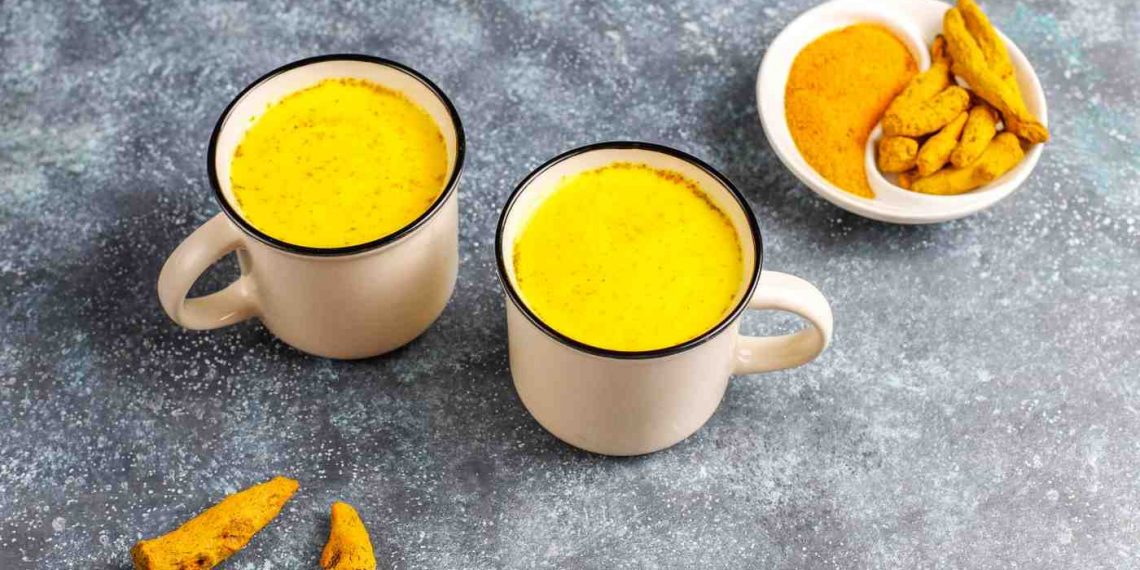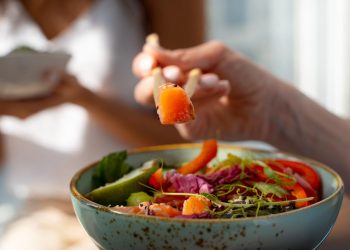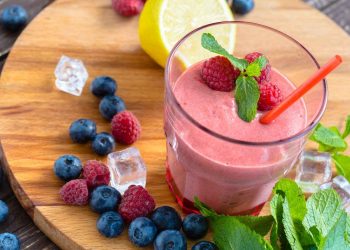Did you know that ginger, a common kitchen spice, has been used for centuries not just for flavoring food, but also for its medicinal properties? If you’re like me, you might have reached for ginger ale when feeling under the weather, but it turns out this zesty root can do much more. One of its lesser-known benefits is boosting leg circulation. Poor circulation can lead to a host of issues, from discomfort to more serious health concerns. So, how can ginger help your legs feel better? Let’s dive into five delicious ways ginger can naturally enhance your leg circulation!
Contents
1. Ginger Tea: A Soothing Sip
How It Works
Ginger tea is a warm, comforting drink that not only hydrates but also stimulates blood flow. The active compounds in ginger, particularly gingerol, help expand blood vessels, improving circulation. This is especially beneficial for those who spend long hours sitting or standing.
Recipe
-
Ingredients:
- 1-2 inches of fresh ginger root
- 2 cups of water
- Honey or lemon (optional)
-
Instructions:
- Peel and slice the ginger.
- Boil the water in a saucepan.
- Add the ginger slices and simmer for about 10-15 minutes.
- Strain the tea into a cup and add honey or lemon if desired.
Pros and Cons
Pros: It’s easy to make, delicious, and can be enjoyed hot or cold. Plus, it’s packed with antioxidants.
Cons: Some people may find ginger tea too spicy or strong, so adjust the quantity to your taste.
2. Ginger-Infused Smoothies: A Nutritious Boost
How It Works
Adding ginger to your smoothies not only gives them a zesty kick but also enhances the drink’s circulation-boosting properties. The combination of ginger with fruits high in vitamin C, like oranges or strawberries, can further support blood flow.
Recipe
-
Ingredients:
- 1 banana
- 1 cup of spinach
- 1 orange (peeled)
- 1-2 inches of fresh ginger
- 1 cup of almond milk (or your choice)
-
Instructions:
- Blend all ingredients until smooth.
- Serve immediately for a refreshing boost.
Pros and Cons
Pros: This smoothie is packed with nutrients and tastes great. It’s a perfect breakfast or post-workout snack.
Cons: If you’re not a fan of green smoothies, the spinach flavor might be off-putting, but you can always adjust the ingredients.
3. Ginger Stir-Fry: A Flavorful Meal
How It Works
Incorporating ginger into your meals is an excellent way to enjoy its benefits. Stir-frying vegetables with ginger can help enhance blood flow due to the heat generated during cooking, which can help release the beneficial compounds in ginger.
Recipe
-
Ingredients:
- 1 lb of mixed vegetables (bell peppers, broccoli, snap peas)
- 1-2 inches of ginger (minced)
- 2 tablespoons of soy sauce
- 1 tablespoon of olive oil
-
Instructions:
- Heat olive oil in a pan over medium heat.
- Add ginger and sauté for about 1 minute.
- Add mixed vegetables and stir-fry for about 5-7 minutes.
- Drizzle with soy sauce before serving.
Pros and Cons
Pros: This dish is quick to make and packed with flavor. Plus, it’s a great way to sneak in a variety of veggies!
Cons: If you’re sensitive to ginger, you might want to use less, as it can dominate the dish.
4. Ginger and Honey Tonic: A Natural Remedy
How It Works
A ginger and honey tonic is a simple yet effective way to enjoy ginger’s circulation benefits. Honey adds its own health properties, including anti-inflammatory effects, making this tonic a double whammy for your circulatory system.
Recipe
-
Ingredients:
- 1-2 inches of fresh ginger (grated)
- 1-2 tablespoons of honey
- 1 cup of warm water
-
Instructions:
- Combine grated ginger and honey in a cup.
- Pour warm water over the mixture and stir until the honey dissolves.
- Let it steep for a few minutes before drinking.
Pros and Cons
Pros: This tonic is simple, delicious, and can be consumed daily. It’s also great for soothing a sore throat.
Cons: Those with sugar sensitivities should watch the honey content, as it adds natural sugars.
5. Ginger-Infused Oils for Massage
How It Works
Massaging with ginger-infused oil can stimulate circulation in the legs. The warmth from the ginger helps to relax muscles and improve blood flow, making it a great post-workout remedy.
Recipe
-
Ingredients:
- 1 cup of carrier oil (like coconut or olive oil)
- 2-3 inches of fresh ginger (sliced)
-
Instructions:
- Combine the carrier oil and ginger slices in a jar.
- Seal and let it sit in a warm place for a few days to infuse.
- Use the oil for a leg massage, focusing on areas with poor circulation.
Pros and Cons
Pros: This method combines the benefits of massage with the therapeutic properties of ginger.
Cons: Infusing the oil takes time, and if you’re in a hurry, it might not be the quickest option.
FAQs
1. How quickly can I expect to see results from using ginger for leg circulation?
Results can vary from person to person. Some may feel improvements within a few days, while for others, it might take longer. Regular consumption is key!
2. Can I use dried ginger instead of fresh?
Yes, dried ginger can be used, but fresh ginger tends to have more potent effects and flavor.
3. Are there any side effects of consuming ginger?
While ginger is generally safe, excessive amounts can cause stomach upset or heartburn in some individuals. Moderation is essential.
4. Can ginger help with other circulation issues?
Yes! Ginger has been linked to improved overall circulation, which can benefit not just the legs but other areas of the body as well.
Conclusion
Whether you’re sipping a warm cup of ginger tea, enjoying a vibrant smoothie, or indulging in a flavorful stir-fry, incorporating ginger into your diet can be a delicious way to support leg circulation. It’s fascinating how a simple spice can have such profound effects on our health. Remember, though, that while ginger can be a fantastic addition to your diet, it’s always a good idea to consult with a healthcare professional if you have ongoing circulation issues.
So, next time you’re in the kitchen, consider reaching for that ginger root. Your legs will thank you!
References
-
Liu, J., & Wang, Y. (2020). The effects of ginger on blood circulation: A review of the literature. Journal of Clinical Nutrition, 39(2), 123-130. https://doi.org/10.1016/j.jcn.2020.02.003
-
Mayo Clinic. (2021). Ginger: An overview of health benefits. Retrieved from https://www.mayoclinic.org/drugs-supplements-ginger/art-20370419
-
National Institutes of Health. (2019). Ginger: A spice with health benefits. Retrieved from https://nccih.nih.gov/health/ginger
This article is for educational purposes only and is not a substitute for professional medical advice. Always consult a qualified healthcare provider before making changes to your health routine.
Get Your FREE Natural Health Guide!
Subscribe now and receive our exclusive ebook packed with natural health tips, practical wellness advice, and easy lifestyle changes — delivered straight to your inbox.














